Saen-Kaw
Counting Coup
There's no sport like Saen-kaw. The roar of the crowd, the stone beneath your feet, and the heft of the club in your hand. That feeling when you score a good, solid hit on the other Kaw. Of course, sometimes you get hit too. But pain is fleeting. Glory is eternal.
Saen-Kaw is a team sport based in the ancient practice of counting Coup. One player on each team can score, and the others shield him from the other team or set them up to be hit. Deceptively simple on the surface, teams have to use skill, daring, and cooperation to win.
It is one of the most widely practiced and watched sports throughout the deep and is one of the few things that unite the different city-states.
Playing Saen-Kaw
Saen-Kaw is played in teams of five, with four armed Shi and one Kaw to hold the Coup, the skull-capped club which the games revolve around.
Teams and Tools
The Shi may use staves, chains, or paired tonfa in any configuration they chose, though different regions have their own favorites, and allow other weapons. The weapons are used to hold the other team at bay, disable their movements, or snatching the Coup from them. Those who try to kill or knock out their opponents are disqualified.In Dūbavum, the Shi use hooked staves, carved from bone.
These roles are not static - whoever holds the Coup becomes the Kaw. Members may freely trade weapons once the match has begun, and passing the Coup along the team is a common strategy.
Rules
To score, the Kaw must strike the opposing team's Kaw with his Coup, either on the head or body. When one team scores, the game resets.For the Sai, strikes to the head or spine are fouls. Eye-gouging, hair-pulling, or fish-hooking are illegal, as are striking a grounded or clinched opponent. Wrestling is forbidden but clinching is not, except for the Kaw who must remain on the move. Saen-Kaw athletes use their clinch for sweeps and throws or restrain an opponent, or knee them in the stomach or legs.
Fouls
The penalty for illegal blows and fouls are simple. The first offense merits a warning, and then the judge removes weapons and players for the rest of the round.
They begin with one weapon then one player, though especially egregious fouls may merit both at the same time, at the referee's discretion. Only two players can be removed from the field from any one team, but an especially dishonest team may find themselves stripped of all but their Coup.
The Pit
The field on which the game is played is called 'The Pit'. Most low-level Saen-Kaw games are played anywhere there is room - town centers, quarries, or strip-mined chambers have all hosted Saen-Kaw games. Being able to adapt to these different environments is considered the mark of a great Saen-Kaw team.Arenas made specifically for the game follow similar styles with the Pit is slightly lowered into the ground. They are shaped like an octagon or rectangular field, roughly 50 to 60 feet in diameter, ringed by spectator stands.
Variants often add terrain features that the game hosts consider exciting such as uneven terrain, columns, or even rivers.
At least one variant of Saen-Kaw features such terrain alterations heavily and has rules using the terrain against the foe.
Winning and Losing
Matches of Saen-Kaw are played in rounds, usually between 2 and 6. To win a round, the Kaw must score thrice. Each time a scoring blow is struck, the teams are separated, and the game reset. If the Coup breaks during a match, the opposing team is awarded the round.When the game results in a draw, it leads to the fan-favorite moment of Saen-Kaw: the duel. A duel is a one-on-one battle between Kaws, and the first to three scores wins. While only strikes to the head score, duelists often batter their opponents to 'soften up' them up. If one Kaw is unable to continue due to damage, their team loses.
Rookie games last two rounds, regular games four and championship games six. There's no time limit, and if either team is too injured to continue, the game is declared a wash: both teams lose.
The rules of Saen-Kaw are set up to encourage skill and cunning rather than brute strength. While debilitating your opponent and crippling their ability to maneuver effectively is a time-honored and legal strategy, it must be employed carefully.
Fortunately for the violent, Saen-Kaw athletes are proud of their reputation for toughness and will fight through injuries others would consider crippling.
Successful teams sometimes adorn their Coup with the skulls of dead teammates, treating the artifacts with reverence. These are lavished with all the attention of a Shikei, adorned with symbols of victory or prizes from tournaments.
It is considered exceptionally bad luck for such a skull to break during a game.
Skill and Strategy
Saen-Kaw places great emphasis on cunning and teamwork. Battering the other team into submission isn't possible, so teams must be quick and clever. The Sai either guard the Kaw or try to disrupt the enemy team's formation to open an opportunity for their own Kaw to strike. The Kaw looks for openings to score while avoiding the same fate for themselves or knowing when to pass the Coup.
'Skipping' is the strategy of quickly passing the Coup along the team to reposition the Kaw to set up a strike or avoid being overwhelmed.
In Saen-Kaw, positioning is everything. The Kaw is at once the vulnerable target and the scoring striker, so teams must guard theirs carefully. Skilled teams can toss the Coup across their line to suddenly change where their Kaw is; even better teams can smack the Coup right out of the air and hope the skull crack on landing.
Saen-Kaw In The World
Saen-Kaw is played in some form or another in most city-states, popular with both commoner and noble. Almost as popular as watching the sport is betting on its outcome. Gamblers, managers, and hustlers all flock to games of Saen-Kaw with fans betting on their favorites.
Besides the most popular form of Saen-Kaw, the game comes in endless regional variants: without weapons, with larger teams, with different weapons, a smaller or larger field, even on platforms on the water in towns near the Abyss.
Saen-Kaw Leagues
With the difficulty of traveling in the underworld, many Saen-Kaw tournaments are regional. Clustered city-states or towns will frequently have teams of Saen-Kaw athletes that travel between them for games. These leagues and the battles between Saen-kaw are famous in the regions where they are fought. Athletes who compete with skill and aggression are favored and popular figures; some become symbols of pride for their town or city-state.A skilled team can make a good living from playing the game, and large Saen-Kaw leagues provide plenty of opportunities for fortune and glory. Wealthy patrons or enthusiastic communities sponsor their teams, and competition for skilled prospects is fierce.
History of Saen-Kaw
Saen-Kaw has its root in an ancient rite of war and passage. Young warriors would approach his target undetected and strike them with a special stick, the Coup, to prove their daring and skill. As tribes became nations, the practice started to become more formalized and structured.
Counting the Coup had even been used to settle disputes or the outcome of battles, where champions would engage in a non-lethal duel to prove who was the superior warrior.
As wars ended, the warriors took the rite home with them, and it slowly began to morph into Saen-Kaw. As stealth made for poor spectator sport, teams were introduced, and the focus shifted towards teamwork, skillful movement, and cooperation.
The sport became known as Saen-Kaw and still bears many marks of its martial roots, such as stylized weaponry and the war-dance.
Saen-Kaw Terms
Kaw - The player holding the Coup; both the target for the enemy team and the only one who can score. Whoever holds the Coup becomes the Kaw. Shi - Any player not currently holding the Coup and the role of Kaw. Coup - Both the act of scoring or the skull-tipped club used to score. Skipping - Quickly swapping the Coup through several teammates to reposition the Kaw in the field. Crippler - A team that relies more heavily on injuring their opponents than scoring through skill. A derisive term and Crippler teams are always the villains in the leagues. The Pit - The playing field. Duelist - A player who specializes in duels. See rules for draws and dueling. Ta'i - The drumming music that accompanies games of Saen-Kaw. Saen-Khru - The war-dance and chant performed by the teams at the beginning of each game.The Coup
The state of their Coup is often an indication of a team's wealth and status. A well kept and adorned Coup is a sure sign that the team holds many victories, while one in disrepair belongs to a team on a losing streak or who have just started.Saen-Khru
Other then the state of their Coup, a Saen-Kaw team is known by its Khru: a ritual dance meant to intimidate the foe. The Saen-Kaw athletes will shout and slap their arms, legs, and chest in unison, in a carefully choreographed display of unity. A well-performed Saen-Khru can demoralize an enemy before the match has even begun, while a poorly coordinated one indicates the team lacks will or cohesion. Those who display particularly poor form with their Saen-Khru are called "cavefish" after the blind, pale flopping creatures caught in underground streams and rivers.An example Saen-Khru
Ta'i No match of Saen-Kaw is complete without the Ta'i: music with large drums that whip the crowd into a frothing frenzy before the game has begun and keep the tempo high during it. Ta'i drummers are highly respected professionals, and it is a sign of wealth to afford a full complement of Ta'i drummers.
To the death!
Everyone has a story of a Saen-Kaw game that ended with death, of brutally violent matches. In truth, fatalities in Saen-Kaw are rare, despite how they are sometimes depicted. The players are athletes rather than warriors, and many are an investment for their team, manager, or patron. Career-ending injuries are more frequent, and those players who specialize in the role of Kaw usually suffer the most.The Duel
Almost a sport onto itself with a mix of fencing and martial arts, duels are popular enough that possessing a skilled duelist is a considerable asset for a Saen-Kaw team and matches between famed duelists outside of Saen-Kaw games are fashionable spectacles. The best even leave the sport entirely, becoming either tutors for other duelists or make their fortunes from exhibition matches.Surface-Kaw? Saen-Kaw is sometimes played on the Surface by Outer Shell cities. With no room in their caves for a proper Pit and if Blight allows for it, they take their games to the Surface. These matches tend to play across larger areas and involve more movement, and taking cover from the occasional rampaging beast or blight-tainted dust storm.
The Golden Skull Stadium
The pride of Mharaji, the enormous Golden Skull Stadium hosts games of Saen-Kaw that draw teams from across the Inner Shell. The tournaments fought in the Stadium are considered to be between the very best - great glory is won and lost beneath the gaze of wealthy merchants and poor workers alike. To most Saen-Kaw teams, it is a dream to one day stand within the Stadium and claim its gold-capped Coup as their own.Many denizens of Mharaji owe their games of Saen-Kaw to Ahra, the enigmatic leader of the Toruban. He is one of the city's Councilors and feeds its adoration for him with free games.
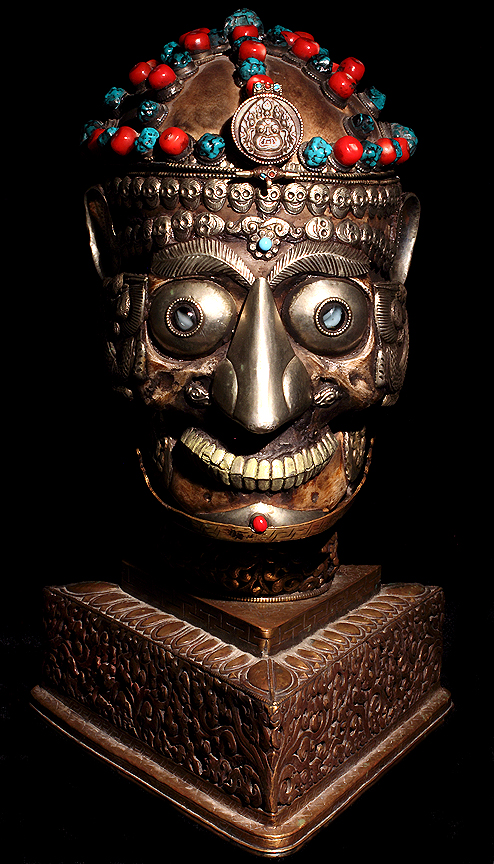


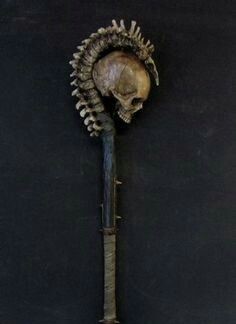

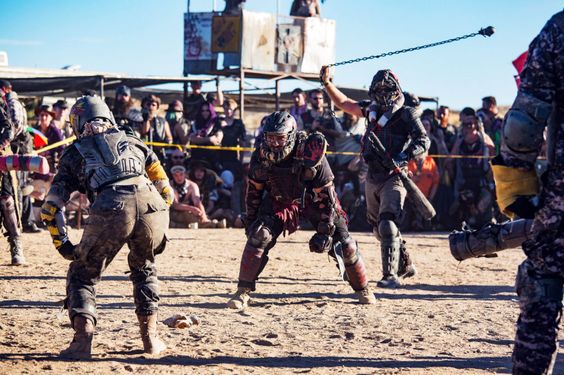
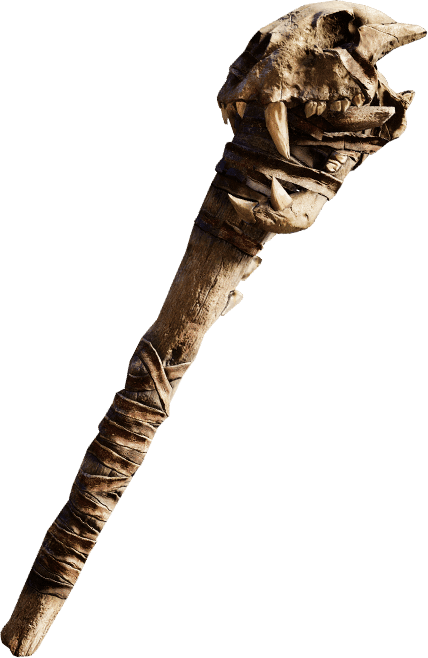
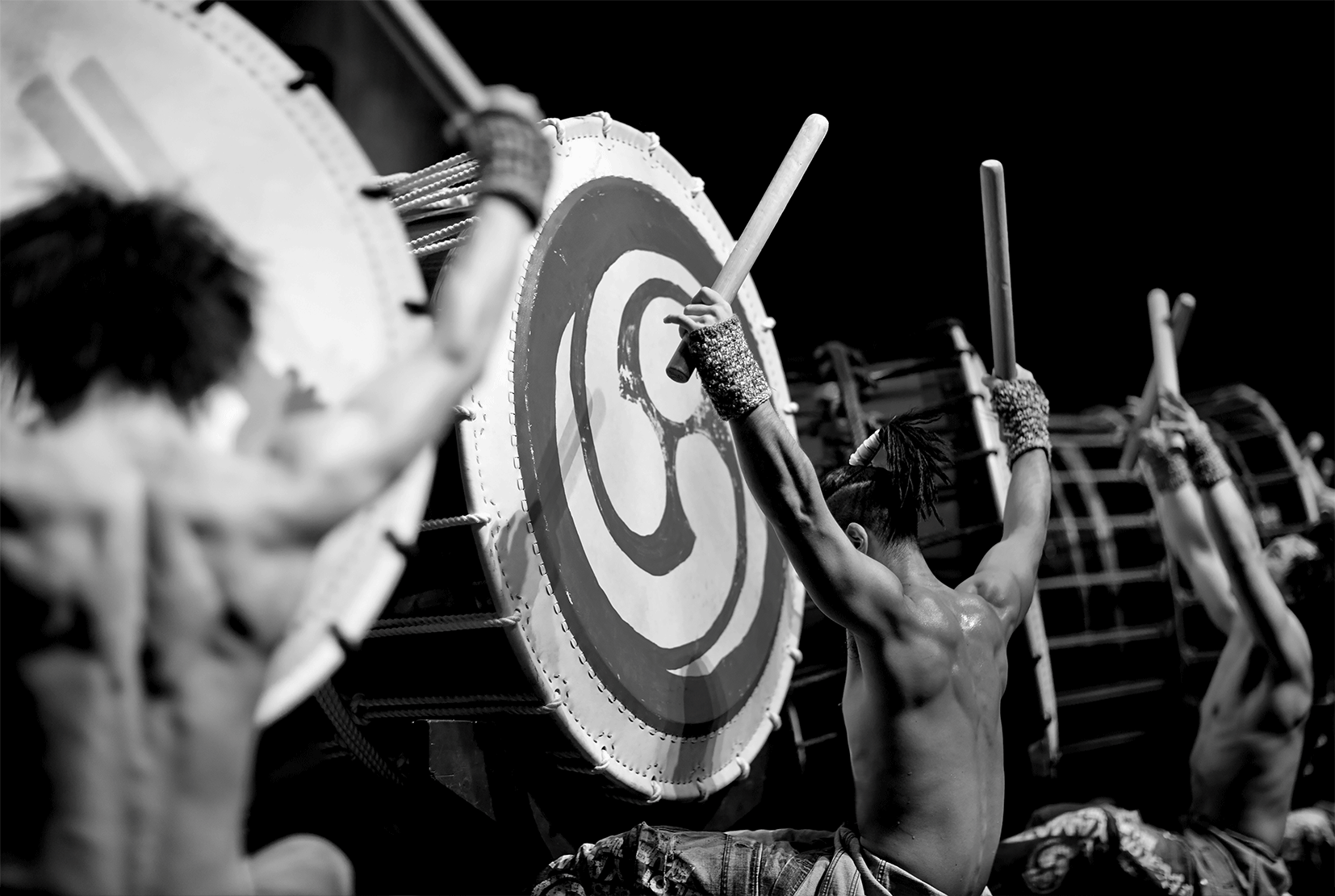












Great work :) I've already sent you all my proof-reading notes :)
They were great help! Thank you! :D
Creator of Araea, Megacorpolis, and many others.